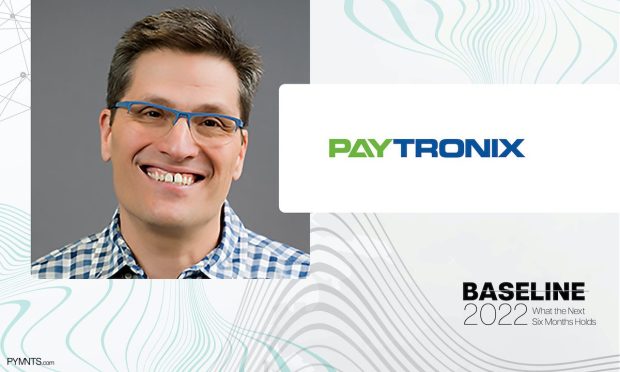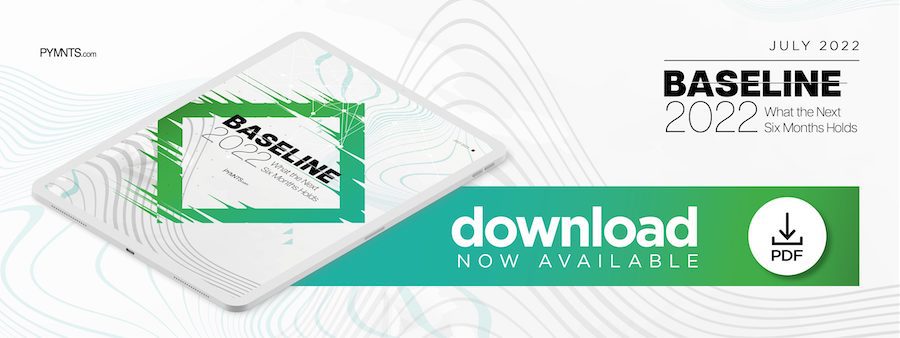The Future of Loyalty Lies in a Unified Economy

The line between digital and other channels is becoming indistinguishable in the restaurant industry, Paytronix Systems CEO and Co-founder Andrew Robbins writes in the PYMNTS eBook “Baseline 2022: What the Next Six Months Holds.” But as long as loyal guests exist, they will look to connect with the brands providing the food and drinks they enjoy.
In May of this year, Wow Bao, the Asian-inspired street-food purveyor, launched a loyalty program for guests of its hundreds of locations across the U.S. and Canada. But none of them will ever enter a Wow Bao to redeem their Bao Bucks because the program is only for customers of the virtual brand and all orders are prepared in kitchens of partner restaurants. As the first loyalty program for a virtual brand, Bao Bucks shattered the wall between “digital” and “in-person,” signaling a new era in the customer experience.
With interactions limited by the pandemic, expectations have shifted. Customers now visit websites expecting one-click ordering, well-branded touchpoints and clean user interfaces from the brands they encounter. They expect a trip to a retailer’s website to match the selection and feeling of going into the store, complete with the personalization that caters to their tastes.
While in-person visits have fallen 42% since January of 2022, digital orders have nearly doubled in the same timeframe. Many of those digital customers were first timers who have remained loyal, which indicates that the shift is likely to endure. Digital orders now constitute a third of all orders, making that option essential for any brand.
Restaurants must consider the full customer journey across both the digital and physical spaces to ensure alignment and avoid the friction that may cause customers to abandon their orders in frustration. They are also placing a greater importance on catering to the needs of their most loyal customers.
During the worst of the pandemic, the loyalty spend from the top 10% of customers often accounted for more than half of all revenue. Loyal customers provide an incredibly valuable source of consumer data that can be used to inform business and marketing decisions. And of course, these loyalty programs offer an additional channel of communication, enabling brands to alert customers about promotions and take the guest relationship to the next level.
Most guests would welcome closer relationships with their preferred brands, as evidenced by the 80% of adults who would join a loyalty program for their favorite dining location if it were offered. And since millennials and Generation Z consumers are demanding loyalty at an even higher rate, that trend is expected to continue.
With Amazon’s first physical storefront opening in Los Angeles, the line between physical and digital is blurring. Customers no longer distinguish an online store from its in-person counterpart — they are seen as one and the same.
As the virtual and the in-person come together, the “digital economy” is fading into less of a distinct entity. Customers will soon inhabit a single economy with touchpoints in spaces all around them. And as long as loyal guests exist, they will look to connect with the brands providing the food and drinks they enjoy.

